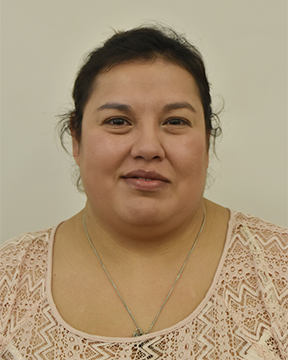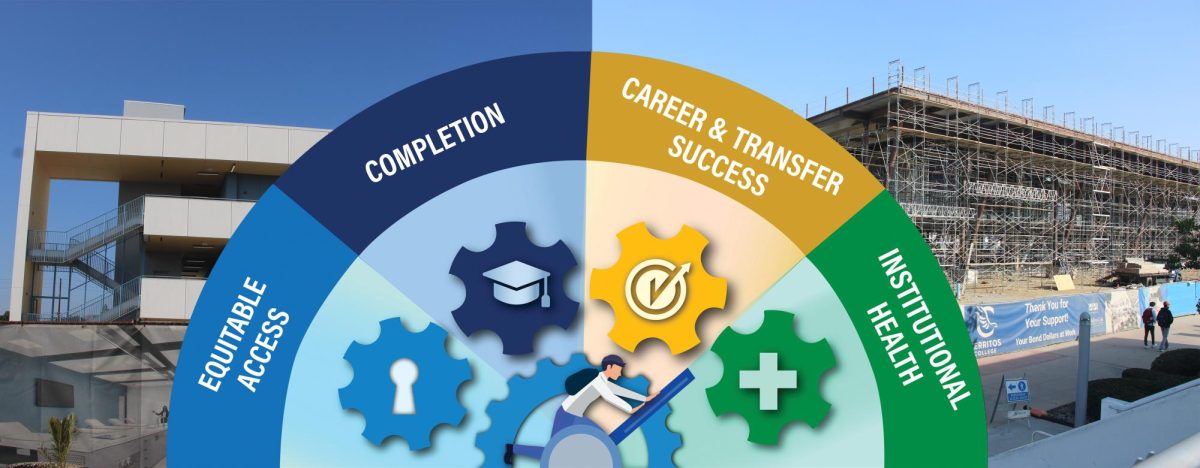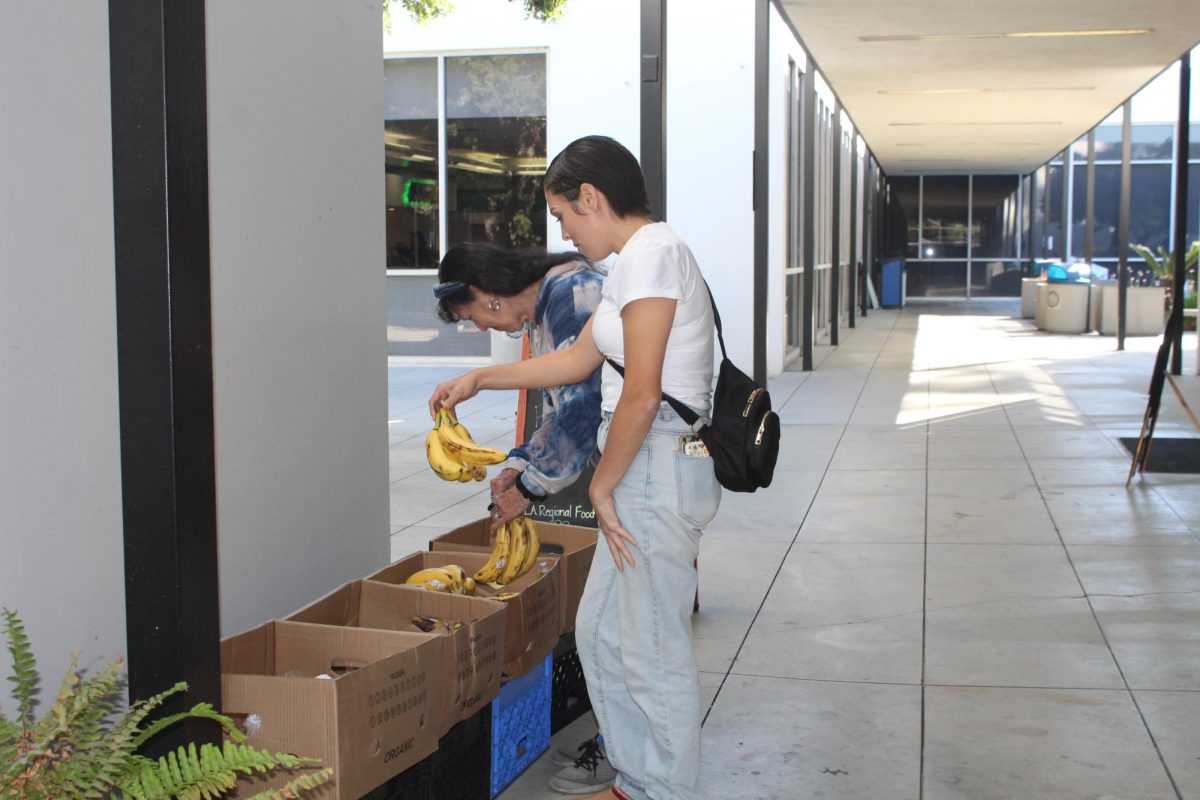 Attending one work shop can lead to money in your pocket.
Attending one work shop can lead to money in your pocket.
One way the financial aid office reaches out to students is by hosting Dream act workshops.
The workshops provide information on filling out the dream act application, the AB 540 application and the Cal Grant GPA form.
The workshop also informs students of their eligibility for the Board of Governors Fee Waiver B which would qualify them for other programs such as EOPS and the resources they provide.
Some of the students who attended the financial aid office’s first Dream Act open house workshop found they were entitled to a refund on the tuition they had paid and will be getting money returned to them soon.
Miranda Hardisty, English education major, is a supporter of the Dream Act, she said, “People should have the opportunity for a better life and education is the way to get it. The dream act is a necessity.”
Tay’Lor Trammel, undecided major, agreed, “Nobody should stop you from your chance [to get an education] you should be allowed to go to college. If dreamers are allowed to go to high school why not college?”
Financial Aid specialist Yesenia Ramirez who is overseeing the dream act resources in the financial aid office is focused on providing information to an under represented group of students not only the dreamers, but those that file an AB 540 application.
She sent out an e-mail to 2,127 students who had submitted a Dream Act application or had an AB 540 status with admissions.
Ramirez added, “During the workshop we met with students one on one and checked their financial aid, applied for refunds if they were eligible, and answered any questions they might have had.”
According to Ramirez, many students don’t know they should file both the AB 540 and the Dream Act application. The AB 540 application is for any student regardless of their immigration status who graduated from a California high school.
Ramirez explained the AB 540 serves two groups of students, those who are immigrants that graduated from a California high school, and California residents that graduated from high school and are attending college in California.
The AB 540 application lowers the tuition fee to what a California resident pays, instead of paying the higher tuition fees an out of state student pays.
The next step for legal students is to fill out a FAFSA form and from there see what financial help is available to them.
For an illegal immigrant student the Dream Act application is submitted instead of the FAFSA.
Ramirez stresses the importance of submitting the Dream Act application before the Mar. 2 deadline.
Even though the application can be submitted at any time, completing it before Mar. 2 allows the financial aid office to submit a Cal Grant GPA application for the student.
The Cal Grant GPA application gives students financial assistance for the cost of books and supplies.
More information on how to fill out the applications and the many other resources will come out of the “Dream Application and resources” workshop on Saturday, Oct.17, from 9:30 to 10:30 a.m. in room S 104 or contact the financial aid office.









